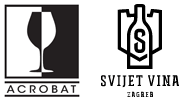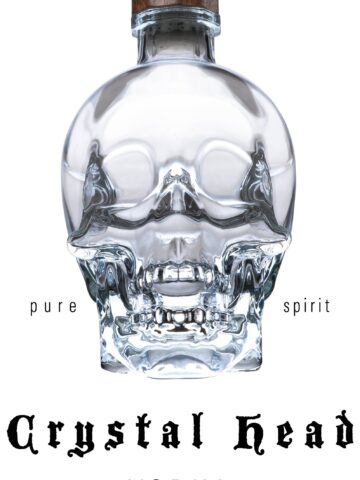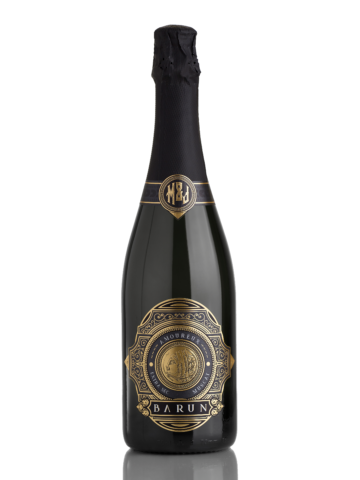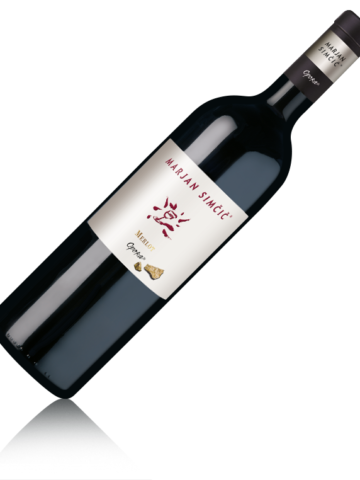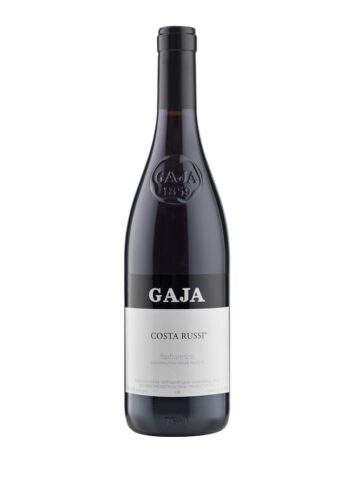O REGIJI / ABOUT THE REGION
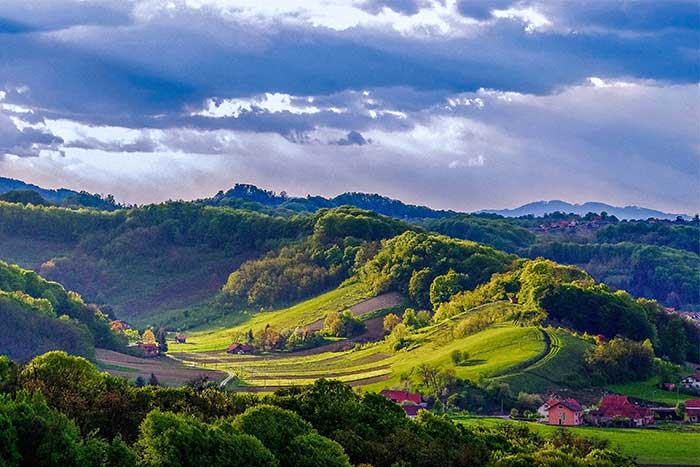
Povijest ove šarmantne regije slična je ostalim sjevernim i sjeverozapadnim vinskim regijama. Za očuvanje tradicije vinarstva od Srednjeg vijeka do danas, zaslužni su Crkva i plemstvo, te bogati gradovi Samobor i Jastrebarsko. Shodno tradiciji i malim uzgojnim parcelama, u velikom se broju vinograda sačuvala starinska praksa uzgoja loze uz kolac i miješani sortiment u kojem se osim starih
Regija je poznata po velikom broju kvalitetnih proizvođača među kojima je nekolicina u samom vrhu hrvatskog vinarstva i njihova se vina mogu nositi s najkvalitetnijom konkurencijom. Klima je tipično kontinentalna, oštre zime i puno padalina inače najviše pogoduju aromatskim sortama poput sauvignona i muškata, koji i ovdje daju odlične rezultate, no ipak je jedna druga sorta, malo drugačijih karakteristika, u specifičnim uvjetima najboljih položaja, dosegla vrhunac kvalitete. Riječ je o rajnskom rizlingu.
Naime, najbolje vinogradarske položaje ove regije karakterizira velika nadmorska visina na kojoj je zrak „zdrav“ i stalno struji, osim toga, visoki položaji nalaze se na strmim kosinama koje omogućuju idealan kontakt loze i grožđa sa suncem, pa su prirodni uvjeti kao stvoreni za rajnski rizling, lozu koja voli hladnu i istodobno sunčanu klimu. Ovdje vino od rajnskog rizlinga dolazi u tri različita, ali jednako atraktivna stila. Prvi je stil jednostavniji, posljedica je redovne berbe, prevladavaju arome vinogradarske breskve i jabuka uz blage primjese poljskog cvijeća, tijelo je lagano do srednje, kiseline vrckave, a okus svjež. Drugi je znatno kompleksniji, grožđe se bere tek kad su šećeri postali veoma visoki, a arome znatno kompleksnije, pri čemu su voćne postale zrele, poput finih kompota od breskvi i marelica, a cvjetne note slađe, pa najčešće prevladava bagrem; okus je puniji zahvaljujući visokom alkoholu i solidnom ekstraktu, te je vino konačno snažno, bogato i slasno. Treći je stil vrlo sladak, kasna ili izborna berba, krasi ga intenzivan miris meda od bagrema i slatkog od marelice, te je punog i dugotrajnog okusa. Jedna sorta s tri jednako izvrsna lica na tako malom području svakako zaslužuje laskavi naziv jedinstvene enoikone plešivičkog kraja.
Druga eno-ikona je portugizac. Nije riječ o tako kvalitetnoj sorti kao kod prethodnika, ali vinarima u ovom slučaju to nije ni namjera. Radi se o mladom i veselom vinu koje je zbog kratkog mu životnog vijeka potrebno potrošiti do kraja zime. Svake godine u studenom, svi vinari regije pune ovo nježno crno vino voćnih aroma maline i blago kiselkastog okusa, pod istom etiketom i gotovo ga u mjesec dana kroz prigodne svečanosti u potpunosti rasprodaju. Sama činjenica da su se vinari okupili i plasirali vino pod istom etiketom, te da je vino uspješno, veselog i društvenog karaktera, dovoljna je za status eno-ikone.
The history of this charming region is similar to other northern and northwestern wine regions. The Church and the nobility, as well as the rich towns of Samobor and Jastrebarsko are responsible for preserving the tradition of winemaking from the Middle Ages to the present day. In accordance with tradition and small cultivation plots, a large number of vineyards have preserved the ancient practice of growing vines along the stake and a mixed assortment in which, in addition to the old The region is known for a large number of quality producers, several of which are at the very top of Croatian winemaking and their wines can cope with the highest quality competition. The climate is typically continental, harsh winters and a lot of rainfall are most conducive to aromatic varieties such as Sauvignon and Muscat, which give excellent results here, but still another variety, slightly different characteristics, in specific conditions of the best positions, reached peak quality. It is a Rhine Riesling. Namely, the best vineyard positions in this region are characterized by high altitude at which the air is “healthy” and constantly flowing, in addition, high positions are located on steep slopes that allow ideal contact of vines and grapes with the sun, so natural conditions are created for the Rhine Riesling, a vine that loves a cold and at the same time sunny climate. Here, Rhine Riesling wine comes in three different but equally attractive styles. The first style is simpler, it is a consequence of regular harvesting, the aromas of vineyard peach and apple predominate with mild admixtures of wildflowers, the body is light to medium, the acid is wiggly, and the taste is fresh. The second is much more complex, grapes are harvested only when the sugars have become very high, and the aromas much more complex, with the fruit becoming ripe, like fine peach and apricot compotes, and the floral notes sweeter, so acacia predominates; the taste is fuller thanks to the high alcohol and solid extract, and the wine is finally strong, rich and delicious. The third style is very sweet, late or optional harvest, it is adorned with an intense aroma of acacia honey and apricot sweet, and it has a full and long-lasting taste. One variety with three equally excellent faces in such a small area certainly deserves the flattering name of the unique enoicon of the Plešivica region. The other eno-icon is Portuguese. It is not such a quality variety as its predecessor, but this is not the intention of the winemakers in this case. It is a young and cheerful wine that, due to its short lifespan, needs to be consumed by the end of winter. Every year in November, all winemakers in the region fill this delicate red wine with fruity raspberry aromas and a slightly sour taste, under the same label, and in almost a month it is completely sold out through the occasional festivities. The mere fact that the winemakers gathered and placed the wine under the same label, and that the wine is successful, cheerful and social in nature, is enough for the status of a eno-icon.
